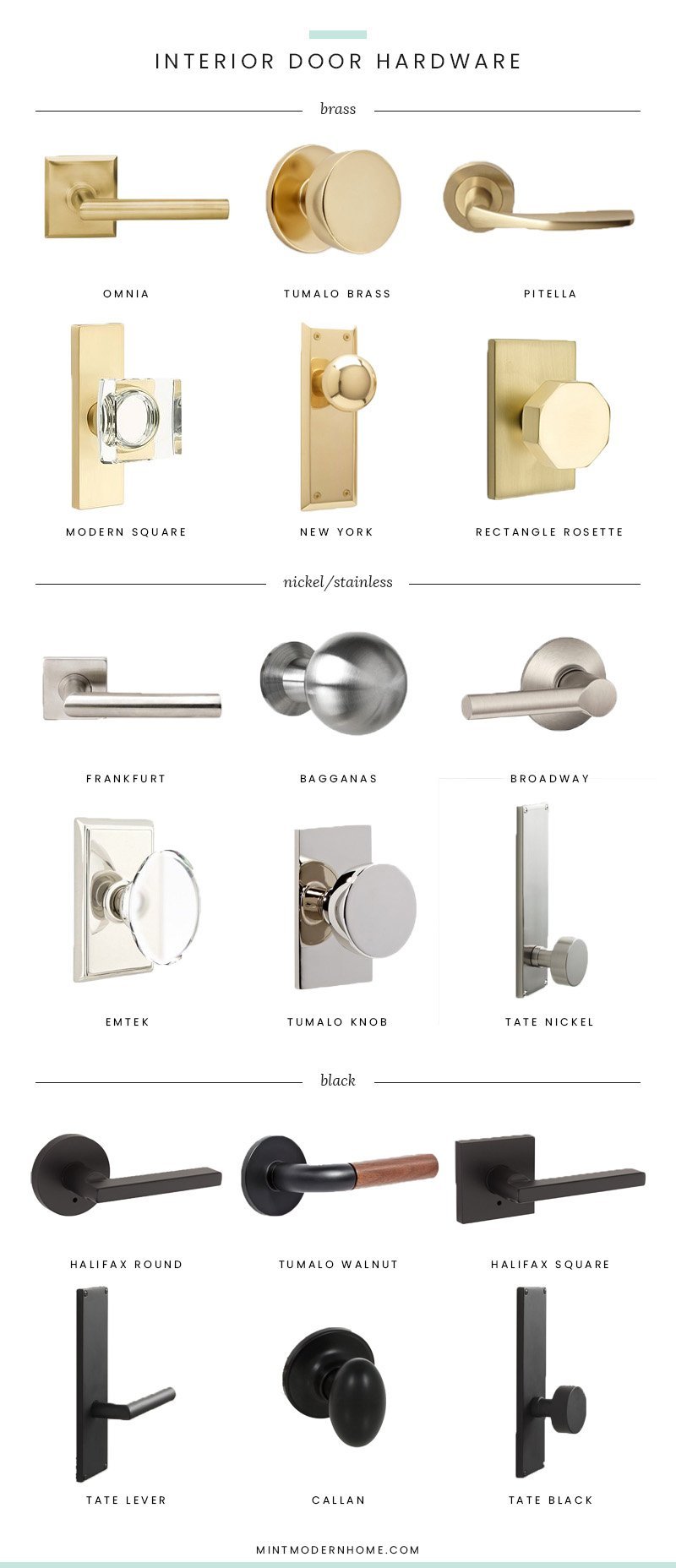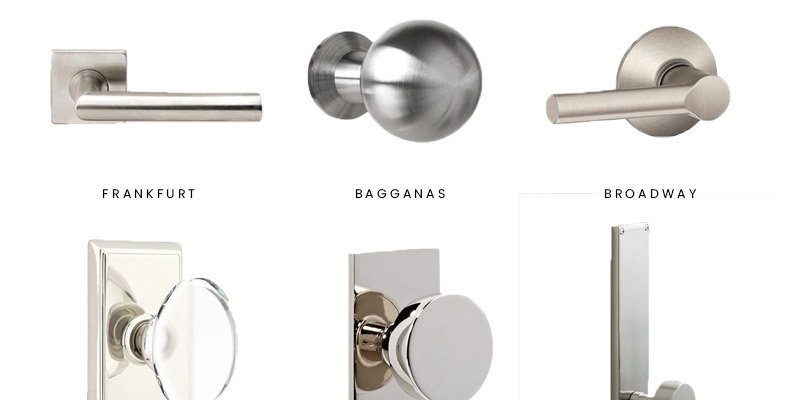
Selecting hardware for seldom-used interior doors isn’t just about aesthetics, though. You need durable, functional options that don’t just sit pretty. Whether it’s a door leading to a guest room or a closet stashed with holiday decorations, understanding what type of hardware works best can save you time and hassle later on. Let me explain how to make these choices without feeling overwhelmed.
Understanding Door Types and Usage
Before diving into hardware options, it’s important to consider the type of door you’re working with. Each door serves a different purpose, and that can influence your hardware choices. For instance, a solid wood door might need more robust hardware than a lightweight hollow-core door.
Here are common types of interior doors:
- Hollow-core doors: Lightweight and budget-friendly, perfect for closets or rooms that don’t see much action.
- Solid wood doors: A sturdier choice, great for areas where you want to minimize noise, like bedrooms or offices.
- Sliding doors: Excellent for tight spaces, often found in closets, but require specific track hardware.
- French doors: Beautiful and inviting, ideal for separating living spaces when you want a more open feel.
By identifying the type of door, you’ll set the stage for selecting appropriate hardware. Think about how often you’ll actually use that door as well. Just because it’s there doesn’t mean it has to be complicated!
Assessing Your Hardware Needs
Next, consider what function the hardware must serve. If the door is rarely used, you might not need high-security options, while functionality and ease of use become important.
Key considerations include:
- Locking mechanisms: For doors that require privacy, simple locks may suffice, while security doors need stronger deadbolts.
- Handles and knobs: Choose ergonomic designs for ease, especially if you’re not accessing the door frequently.
- Finishes: The finish will affect not just appearance but also durability. Opt for materials that resist wear.
Imagine you’re picking out hardware for a guest bathroom door. Since it won’t see daily use, you could go for a sleek knob rather than a complex handle. This keeps things simple and still stylish.
Choosing the Right Finish
The finish of your hardware can affect both the look and longevity of the door. Using a finish that complements the overall style of your home is crucial.
Popular finishes include:
- Brushed nickel: A modern choice that works well with various decor styles.
- Oil-rubbed bronze: Offers a warm, antique look, perfect for rustic or traditional homes.
- Polished chrome: Bright and shiny, this finish adds a contemporary flair.
Remember, if a door is rarely used, it might not need the flashiest hardware. Still, choosing a durable finish means that even with minimal use, the hardware won’t tarnish or wear prematurely.
Understanding Specialized Hardware
Some interior doors may require specialized hardware based on their function. For example, pocket doors and sliding doors have unique requirements, whereas standard hinges may work just fine for traditional doors.
For sliding doors, you’ll need to consider:
- Track systems: Ensure you choose a track that can handle the weight of the door and fits your stylistic preference.
- Rollers: These affect the smoothness of the door’s operation. Choose quality rollers to avoid sticking.
If you’re dealing with a pocket door that slides seamlessly into the wall, you don’t want to skimp on the hardware. A well-aligned track can make a huge difference in performance.
Budgeting for Hardware
Setting a budget can help streamline your choices and guide your shopping. While you don’t need to break the bank, investing in quality hardware is important. Durable materials will serve your door well over time.
Consider this when budgeting:
- Quality vs. Price: Sometimes paying a little more upfront saves you money long-term on replacements.
- Bulk purchases: If you’re installing hardware on multiple doors, consider buying in bulk to save.
Let’s say you’re outfitting three rarely used closet doors. Finding a good deal on a set could save you money while still giving you quality hardware.
Installation Considerations
Finally, think about the installation process. Some hardware is DIY-friendly, while others might require a professional touch. If you’re not comfortable with power tools, it’s wise to hire someone for complicated installations.
Things to keep in mind:
- Instructions: Always follow the manufacturer’s guidelines for installation to avoid damage.
- Tools needed: Make sure you have the right tools on hand—like screwdrivers and levelers—before you start.
- Professional help: For specialized installations, like sliding doors, consider hiring a pro to ensure it’s done correctly.
You might be thinking, “I can handle installing that myself!” But if you feel uncertain about it, it’s worth investing in a little extra help to avoid headaches down the line.
Choosing the right hardware for interior doors that are rarely used may seem straightforward, but there are several factors to consider, from door type and usage to finishes and installation needs. Remember, you want durable, functional choices that suit your style and budget. By assessing your needs and taking the time to select wisely, you can enhance your home’s aesthetics without overwhelming yourself.
So, take a breath, think it through, and enjoy the process of choosing hardware that fits your home just right. After all, even that rarely used door deserves to shine!
